12 Dates That Started Like a Hollywood Love Story, but Ended Far From It


They say this place is swarming with money. It has been stored there for centuries, but no one managed to take it away from this island. Treasure hunters have been bewitched with this place since 1795. Many people have tried their luck looking for the treasure that could be hidden there by the Spanish pirates or even by the Knights Templar.
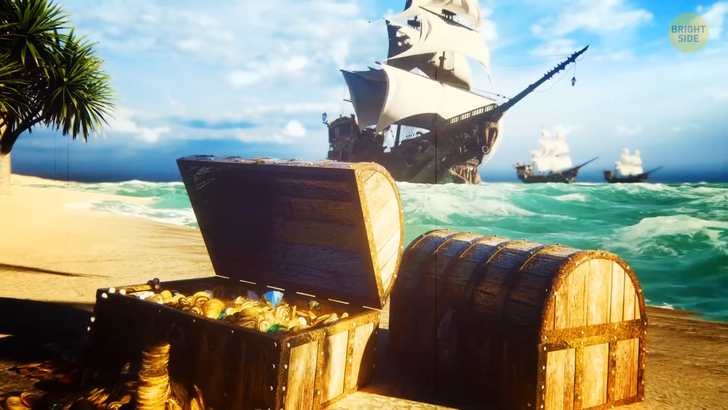
But today it’s impossible to get there, as it’s a private place, so all you can do is book an ocean tour around this island. Otherwise, you can take a peek at it in a TV reality show starring the Lagina brothers, Rick and Marty, who are a team of enthusiasts looking for the treasures of Oak Island in Nova Scotia, Canada. Yeah, seems like there’s no place where TV producers can’t get to.
One of the most famous discoveries out there was the so-called Money Pit. Despite the promising name, it wasn’t full of money. Now we have to jump to 200 years ago. The Money Pit was first found by a 16-year-old kid in 1795.
One day, Daniel McGinnis went fishing at Oak Island. He saw a tree there — unsurprisingly, it was an oak, and it had weird markings. They didn’t seem to be natural, so Daniel decided to check the area. He then saw a sunken patch of ground and started digging immediately. His two friends helped him out. But instead of treasures the guys only found logs placed underground at regular intervals. It looked like a place where someone could hide money or jewels, but nothing precious was found.
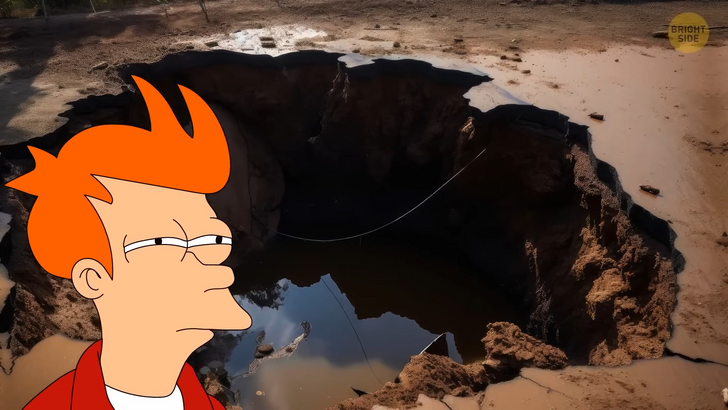
However, there was something curious down that pit. Someone found a granite stone there, and it had an engraved inscription on it. There were many attempts to decode it, but most of them ended up in failure. There’s one translation though, and it says “forty feet below, two million pounds are buried”. Yeah, McGinnis and his friends should have dug harder.
The next fun thing about the Money Pit is the coconut fiber found down there. They say that large amounts of this fiber were found at a depth of 60 feet. It may not surprise you, but I have to remind you of one thing: Oak Island is in Nova Scotia, Canada. Coconut trees do not grow there. The nearest one is about 1,500 miles from Nova Scotia, which makes it obvious that someone brought this fiber purposefully. Researchers came up with an idea that coconut fiber could have been used to make ropes and lower all the treasures down the pit.
Next up, we have not one but two mysteries. In the late 1800s, the Oak Island Treasure Company was thoroughly inspecting and excavating the island. Everyone believed something enormous was hidden there. These guys managed to drill 153 feet underground — it’s like 15 stop signs stacked one on top of another. You might have guessed they didn’t find pounds of gold and diamonds.
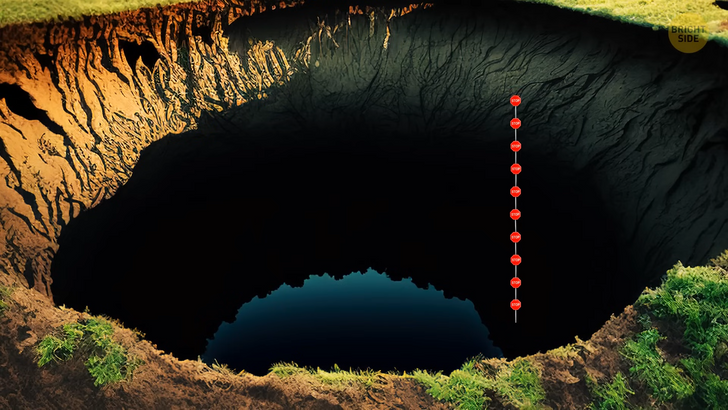
But they found a manuscript. There’s a theory claiming it’s one of Shakespeare’s lost manuscripts. Some scientists believe that it was hidden there by the writer and scientist Francis Bacon, the true author of Shakespeare’s works. Yeah, rumor has it, it was Francis and not Wiliam who wrote all the plays and sonnets. But there’s no proof it was really so.
The Money Pit may be the most popular shaft on Oak Island, but it’s not the only one and it’s not the first. Before the Money Pit discovery, the treasure hunters were drilling at Smith’s Cove. While damming there, they found a wooden piece. It was a U-shaped formation that had Roman numerals. After a more thorough inspection, the specialists realized it was supposedly dated to 1769. The Money Pit was discovered 26 years later. This fact created many speculations that this structure might have been part of the real shaft with treasures everyone was looking for.
Now, look at this Templar coin. It wasn’t the first discovery on the island, but it was crucial in some way. Even if it may not sound like a big deal today, in Medieval times those coins would amass an insane amount of wealth. They were typically stored in European fortresses. For the treasure hunters this coin was a sure sign there was more to be found on the island.
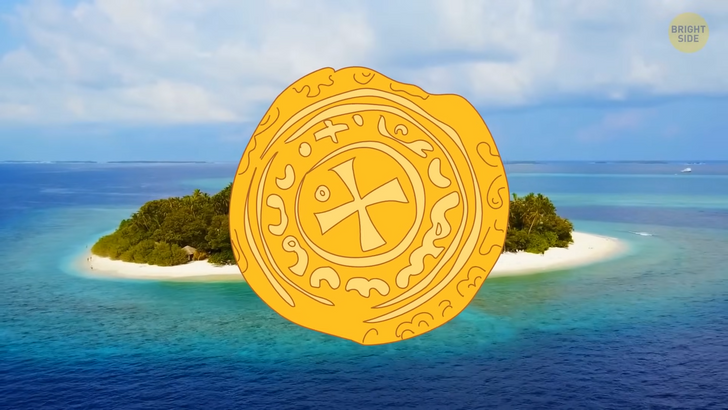
The logic is simple: if there’s one coin of that kind, there must be something else. And they were right, it wasn’t the only Templar discovery. On the southwest shore of the island, a Crossbow bolt was found. The experts say it dates back to the 13th century. But once again, that wasn’t something the treasure hunters were after! Some more coins were found on the island. Rick and Marty Lagina retrieved this precious piece from a swamp. The coin is made of copper, and this time it originated from Spain.
When it was found, the Lagina brothers could only see the number “8” engraved on it. But later on, some experts studied this coin and claimed it was made sometime around the 17th century. They managed to clean it well and saw the date 1652 engraved on the back of this coin. There’s a theory stating that Spanish explorers found some treasure but hid it instead of taking it to the King. So maybe, this coin just dropped out of the chest full of coins and jewels and is part of the treasure everyone was after. Or someone could have accidentally lost it while looking for the treasure. Who knows?
One more famous treasure hunter is Gary Drayton. Gary and his team together with Rick Lagina came across two coins while metal-detecting the island. Those were 17th-century King Charles II Britannia coins. One of them had a very clear inscription on it, stating that the coin was minted back in 1771.
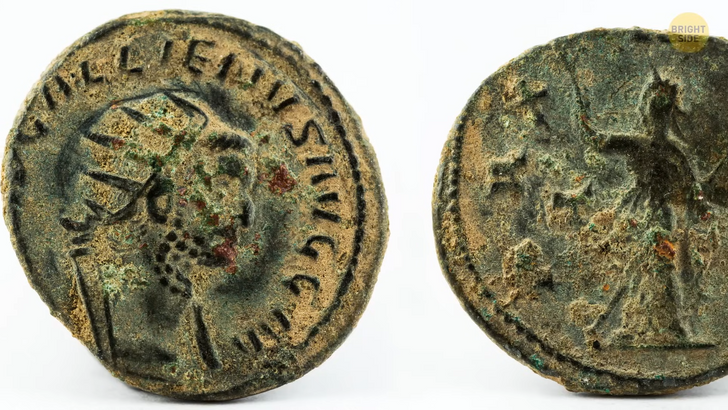
Another swamp treasure of possibly Spanish origin is also here! This time it’s a silver ring. A specialist studied it closely and reported that it had been repaired twice. The ring was once made bigger, and it was also made smaller once. It is decorated with a floral design, which was popular in Europe in the 1730s.
Among all the other curious things, Rick and Marty Lagina found a silver button at Isaac point. The button’s pretty old — it supposedly dates back to the middle of the 18th century, and the notorious Money Pit was discovered later. This is why it wasn’t a big deal of a find: it could simply belong to some farmer peacefully raising livestock on the island. There’s no official record of any chest full of gems and coins found on Oak Island, but enthusiasts did find some jewels there.
First off, the team found a brooch with a magnificent red gem. They mistakenly thought it was a ruby, but a professional gemologist stated it was a garnet. The piece was made of silver, and it’s pretty old. Experts believe it was made around the 15 or 1600s.
Another brooch they found didn’t have any gems on it, but it had an intricate design. It’s a brooch with a leaf design and an ornate rope. There are 13 branches of the leaf, which instantly created more mystery to the whole treasure hunting. First off, there’s a carving with a 13-branched tree on a rock on the north shore of this island. What’s more, many people believe that the number 13 is important to the Knights Templar.
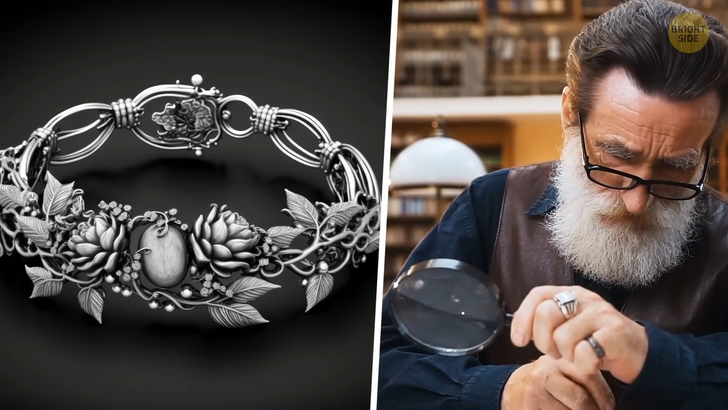
The enthusiasts also found a brooch not far away from the place where Daniel McGinnis, the guy who found the Money Pit, lived. The brooch was shown to a professional gemologist Charles Lewton-Brain. He had to break it to the team that there were no gems adorning this piece of jewelry. In fact, the stone that seemed to be a gem was just a piece of glass.
It was processed using a special technique though, so it was leaded glass. The enthusiasts decided to study the brooch even more and found out that part of the brooch was made of gold. The specialists claim that the brooch dates back to the 14th century. Was it the treasure everyone was looking for?











